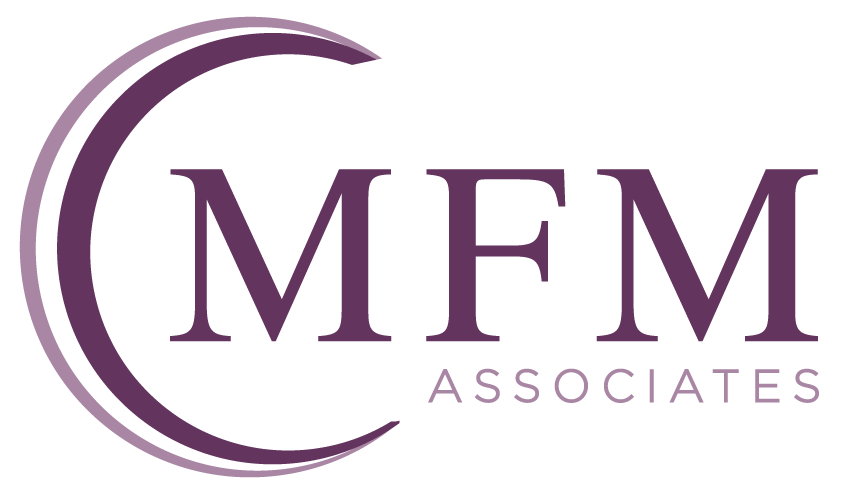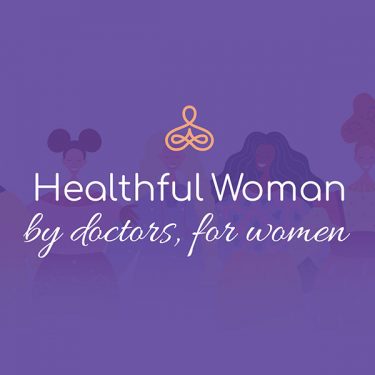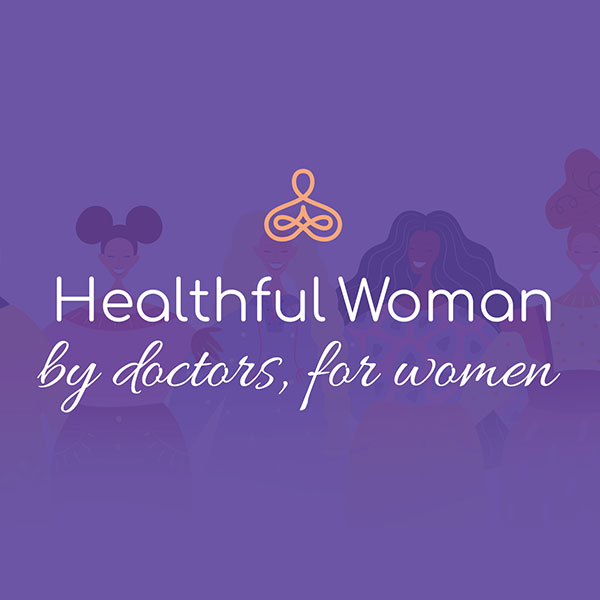Dr. Fox interviews Lauren Abrams, a certified Nurse Midwife who has been practicing midwifery since 1993. In this episode, they discuss the path to becoming a midwife, how midwives and obstetricians can work together, and the different experiences a patient might have depending on where and how they choose to give birth.
Lauren Abrams is a certified Nurse Midwife and the former director of midwifery at Mount Sinai Hospital in New York City. She was born in New York, but moved to Hong Kong at age three before returning to the U.S. eight years later. As an undergraduate, Abrams studied anthropology and became interested in feminism, which lead her to become a counselor at Planned Parenthood. She later enrolled in an accelerated nursing program, where she became an RN with a specialty in midwifery. Abrams explains that in the U.S., most midwives start as nurses, but there are three basic pathways into the profession: accelerated Nurse Midwife programs, two-year programs to become certified in midwifery after nursing school, and three-year programs to become a certified midwife after receiving a bachelor’s degree. Abrams notes that studies have found little difference in skills and competencies between Nurse Midwives and Midwives, largely because the training and certification tests are virtually the same.
Training for midwives has varied throughout history, and currently varies from country-to-country. In the United States, historically midwifery was performed by immigrants or slaves with training similar to an apprenticeship. When obstetricians began to medicalize birth, midwifery was stigmatized as “dirty” or unskilled. Later, a need for midwives again arose as obstetricians could no longer handle the number of births, so midwifery training developed out of public health programs.
Abrams explains midwife as an “expert in normal pregnancy and birth,” “normal” being a birth that does not require any type of intervention. Modern midwives in the U.S. are also trained in well-woman care, including contraceptives. A midwife’s approach differs from an obstetrician’s, she explains, because obstetricians are more likely to focus on how to treat complications that may arise during pregnancy and birth. Abrams describes the midwife’s approach as more “holistic and focused on the pregnant person as a human being, and pregnancy and birth as an experience.” They are trained to “support the natural process, and to help women learn about the natural process.” Because midwives care for low-risk patients, they allow the process to be more natural and have less intervention. Abrams notes that midwives place value on what the woman wants from labor and delivery and the sense of triumph and empowerment she might feel after a natural birth.
Dr. Fox notes that “in an ideal model,” midwives and obstetricians “learn from each other.” They discuss the benefits of the two professions aligning and working together. Some patients prefer to give birth in a birthing center or at home, but are not informed on how this can be a safe and positive experience. Birthing centers, Abrams explains, have a home-like atmosphere with certified midwives and plans for transfer to a hospital if complications arise. In other parts of the world, such as the U.K., midwifery and home birth are fully integrated into the healthcare system. However, in the U.S., midwifery remains stigmatized in many places, so it can be difficult for midwives to transfer a patient to a hospital or obstetrician if complications arise. Dr. Fox notes the importance of communication and collaboration between obstetrics and midwifery so that in an emergency, transfer to a hospital is simple, reliable, and fast.








